Looking for more in depth information about CADS Research or initiatives?
Artificial Intelligence

AI has emerged as a transformative technology with applications in various domains, and by bridging the gap between AI and other disciplines, CADS facilitates groundbreaking research that leverages AI technologies to tackle complex challenges. Our team's diverse expertise, represented by researchers from multiple academic departments, ensures a comprehensive exploration of AI's potential applications. This interdisciplinary approach will foster cross-pollination of ideas, enabling researchers to uncover novel insights, develop cutting-edge solutions, and push the boundaries of knowledge in their respective domains.
Data Enabled Criminal Justice

Data science and artificial intelligence are increasingly applied within criminal justice with the potential to improve efficiency in this public sector, where resources are often limited. Biggest challenge to criminal investigations and data-driven policing is the inability to process and analyze the vast amount of information involved in a timely manner. Analytics and data science can help with resource prioritization and decision-making under uncertainty. Our current research within this field includes data augmentation and natural language processing outcome prediction in police-citizen interactions to develop live training for officers, optimization of crisis intervention response to maximize mental health call diversions, and improved, transparent algorithms to inform problem-oriented policing.
Data Enabled Communication Disorders
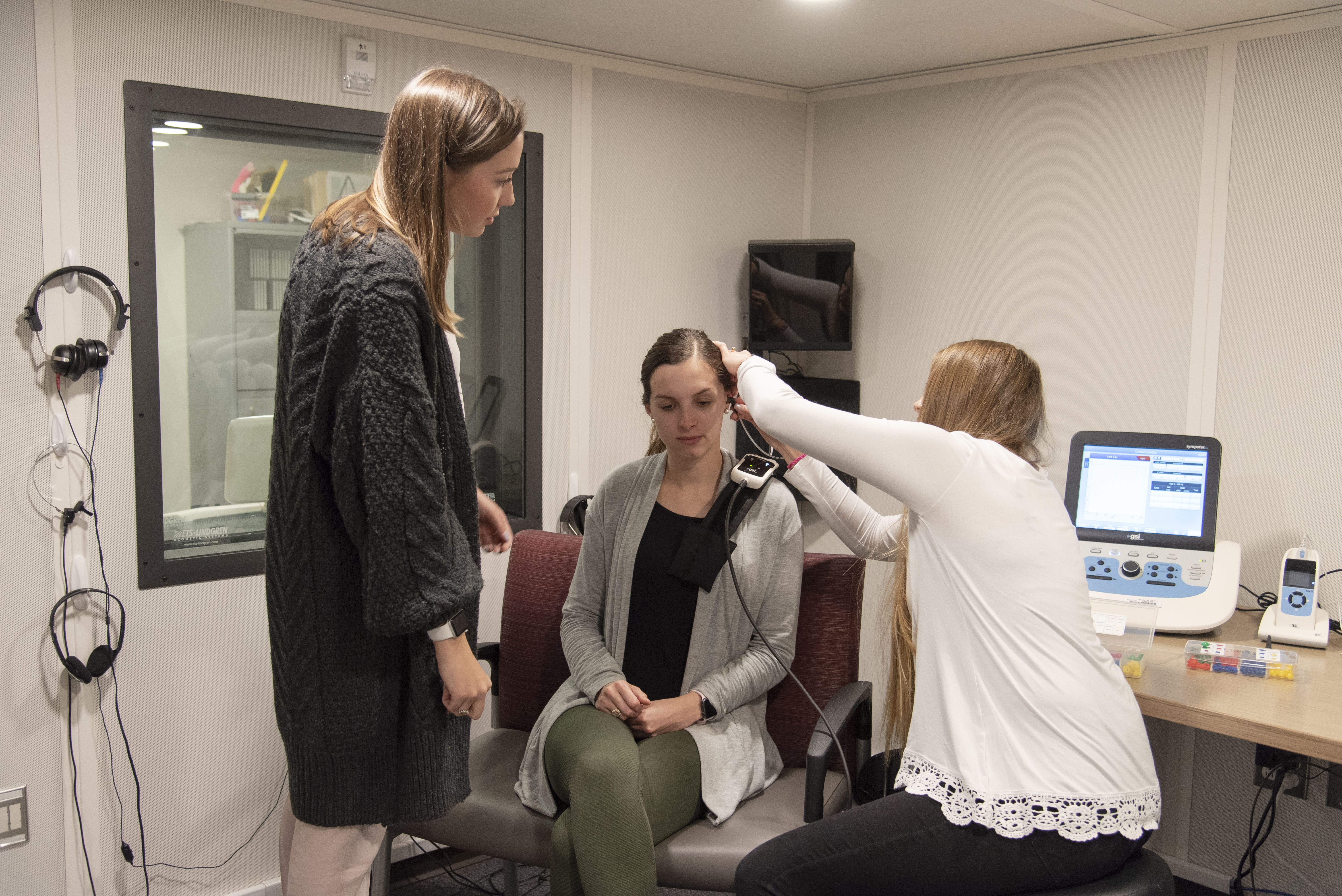
Children with Autism Spectrum Disorder (ASD) face challenges in social interaction, coping with change, communication, and repetitive behaviors, with a significant emphasis on social and emotional barriers. Recent research has shown that analyzing speech and bodily expressions and facial expressions can improve emotional recognition in children with ASD. We are collecting data from this underserved group and are developing a machine-learning application.
Connected Emergency Response
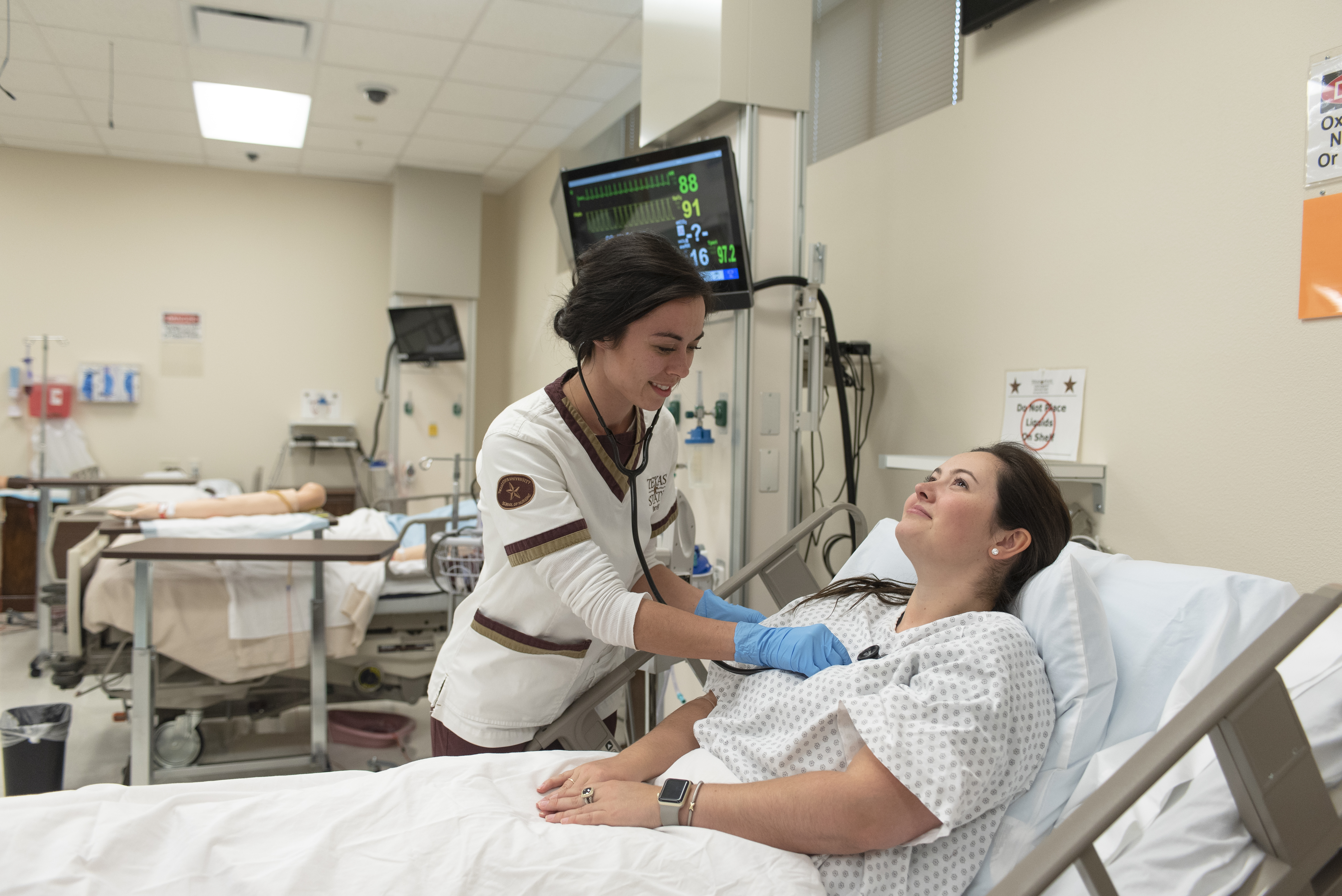
Regarding emergency fire response, AI and internet-of-things technologies enhance the efficiency and safety of firefighters and other responders during rescue efforts. Our current research in this area includes autonomous rover and drone units equipped with sensors and peripherals to collect data in real-time, detect people screaming with deep learning, and forecast temperature propagation.
Agriculture Data Science
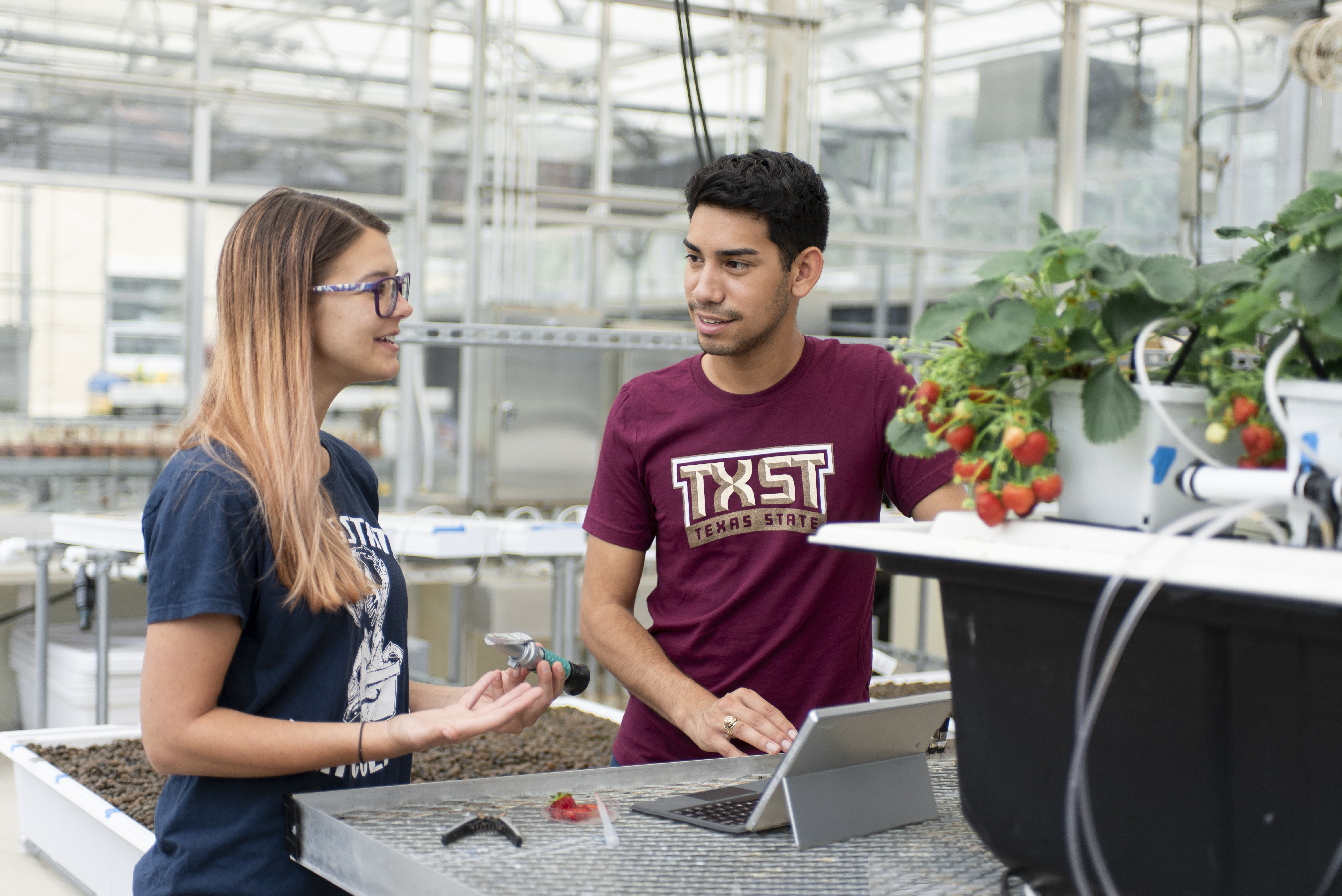
Agriculture data science applications include the use of machine learning to historical and real-time data on soil, weather, market, biodiversity data to determine optimal soil conservation practices over spatial and time; promotion of AI technologies in reducing food waste at household level and at farmgate, improving food safety and consumer health and evaluate the associated economic and environmental benefits; understanding cost and benefits of AI technology adoption for climate smart agriculture in rural community. TXST Agriculture Data Science Group, along with support from TXST CADS, have been active in this domain.
Network Science
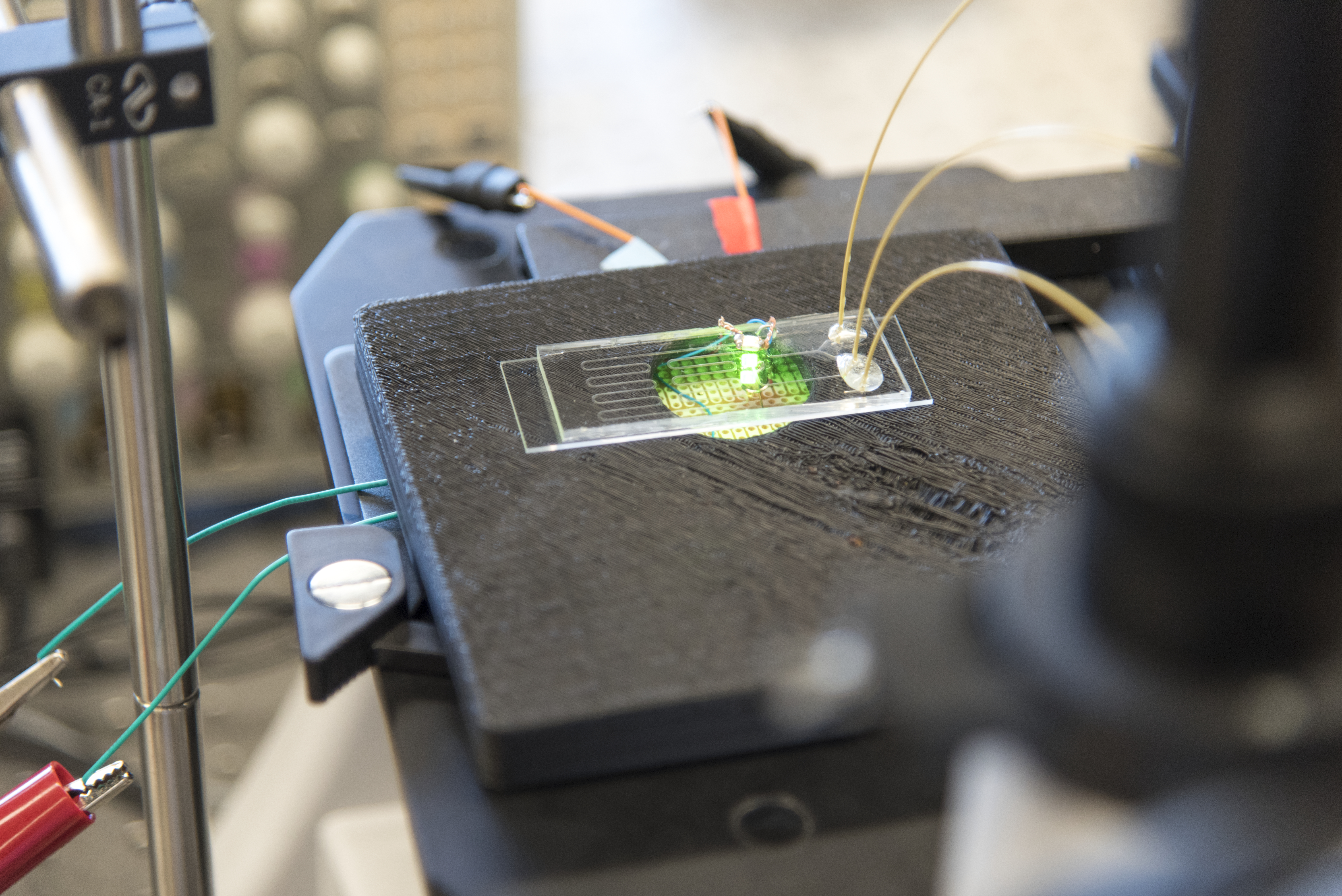
Today's water wells, health providers, distribution and supply, and food bank networks go beyond traditional computer and road networks. We extend and adapt our ML/AI algorithms of social and educational networks. In particular, we propose to develop an accessible, user-friendly tool that automatically and neutrally analyzes data to highlight anomalies, pinpoint shortcomings in complex networks, and accurately identify issues, trends, and anomalies in public safety, education, and planning data. AI/ML network analytics allows us to analyze these complex distributed ecosystems and integrate the right tools and algorithms to identify such networks' discrepancies, shortcomings, and anomalies.
Adversarial Defense

Data manipulation could alter the performance of joint all domain command and-control decisions that are partially based on analytics and data science model outputs. We propose novel Bayesian decision theoretic approaches for adversarial forecasting when the underlying data collected over time is subject to attack from intelligent adversaries. Proposed adversarial risk analysis-based framework allows incomplete information and uncertainty. We solve the adversary’s poisoning decision problem where he manipulates data inputted into the analytical methods of the defender, and then we introduce proactive defender strategies to address the vulnerability of these models under adversarial activities.
Smart Transportation
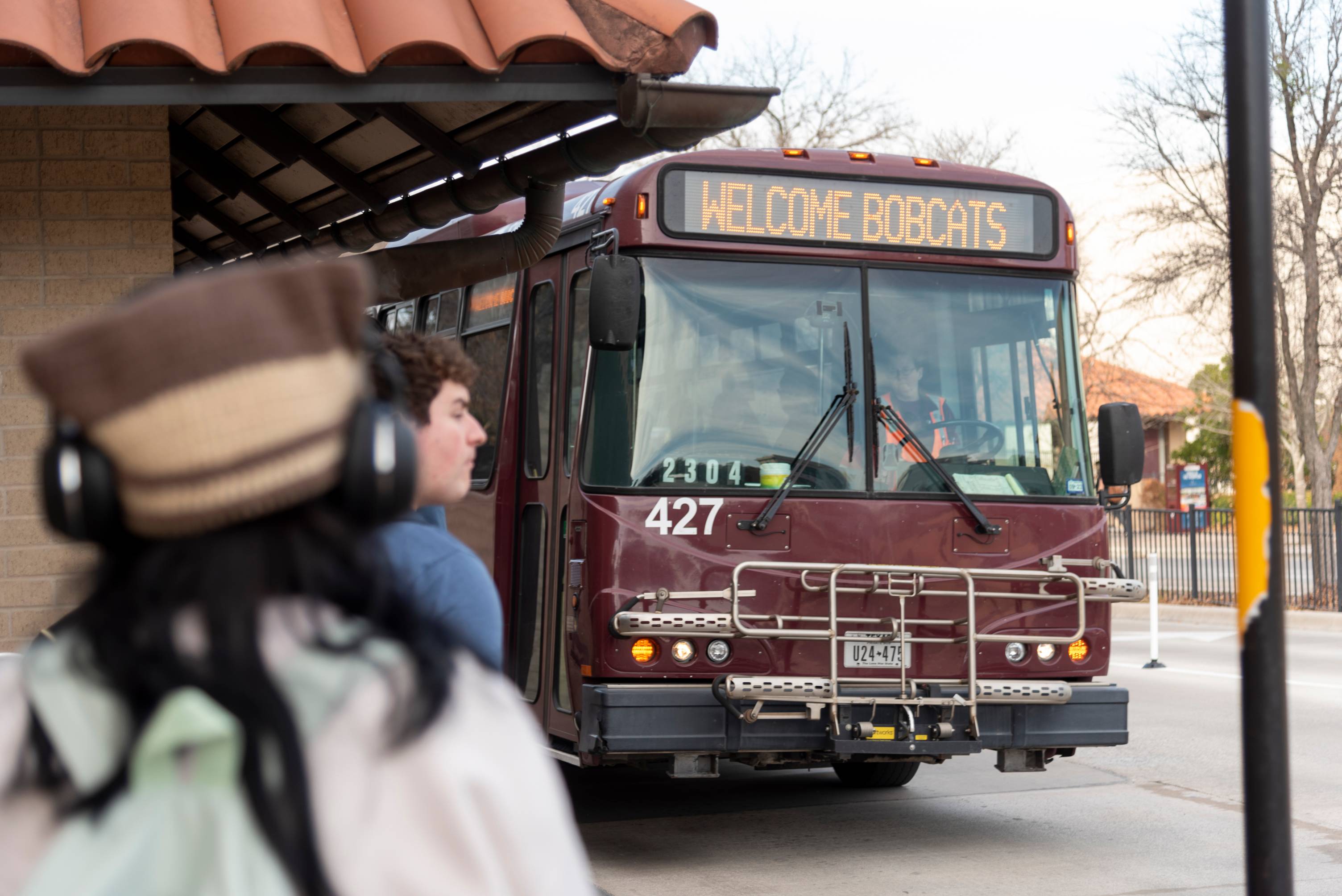
The increasing prevalence of information and communication technologies (ICTs), such as smartphones and the Internet, have inevitably changed where, when, and how we understand the movement of people and things. ICTs provide real-time mobility data and can capture human mobility patterns more efficiently and effectively compared to traditional travel surveys. This research quantifies how ICT data can supplement traditional transportation data sources (e.g., socioeconomic data, survey data, and traffic counts) to make the modeling process more efficient and more accurate, as well as investigate how ICT use may affect travel demands. A group of TXST CADS researchers are also exploring methods for drone-enabled debris collection.
